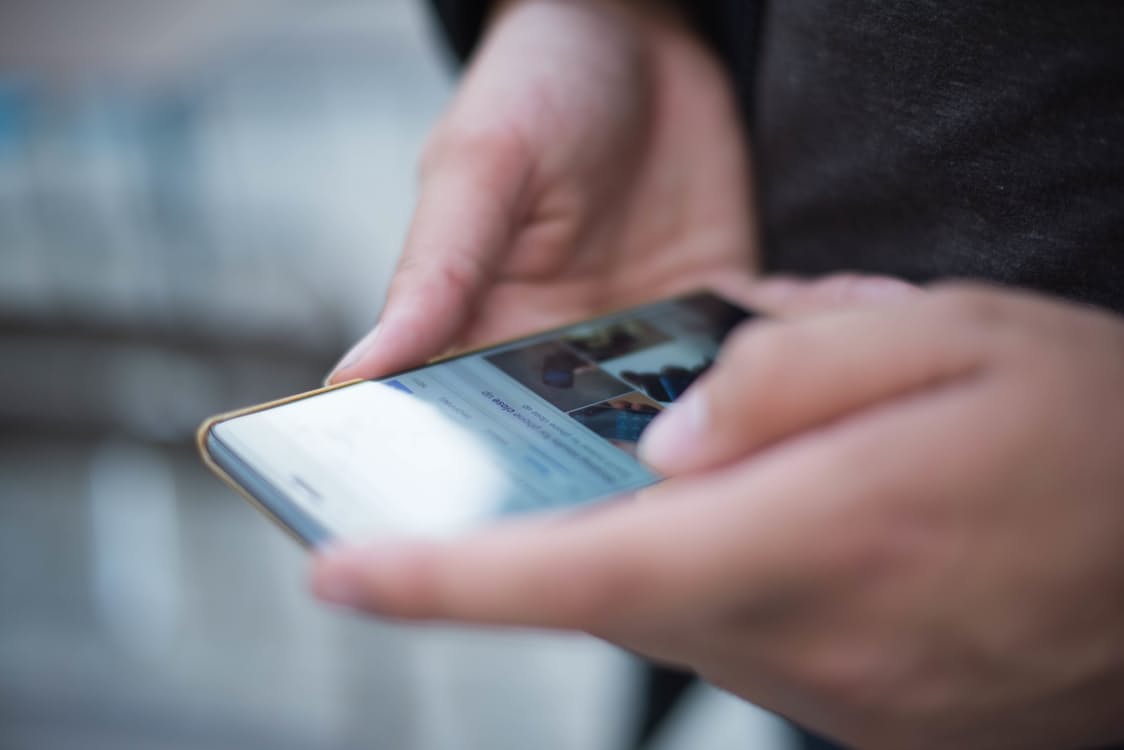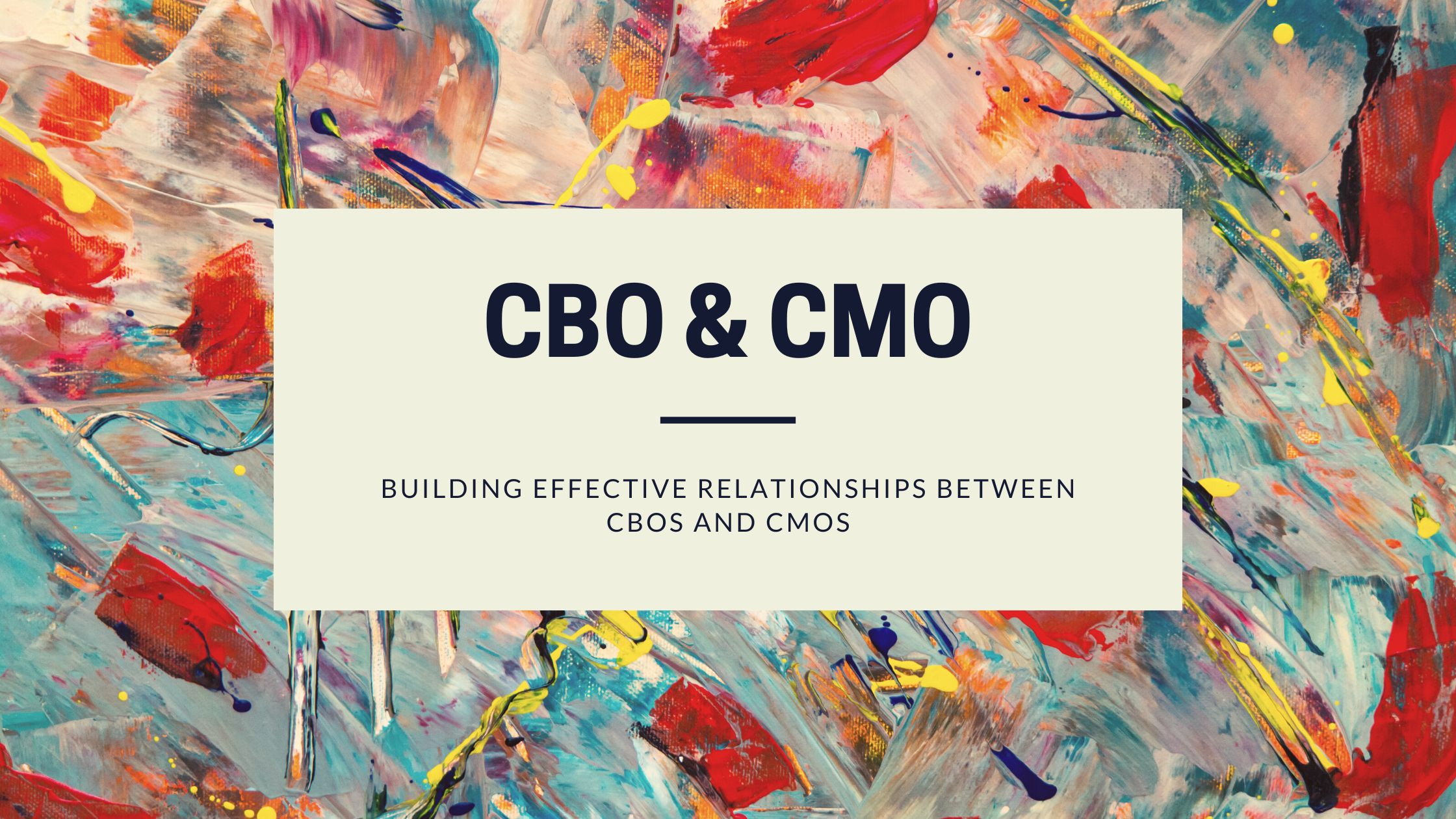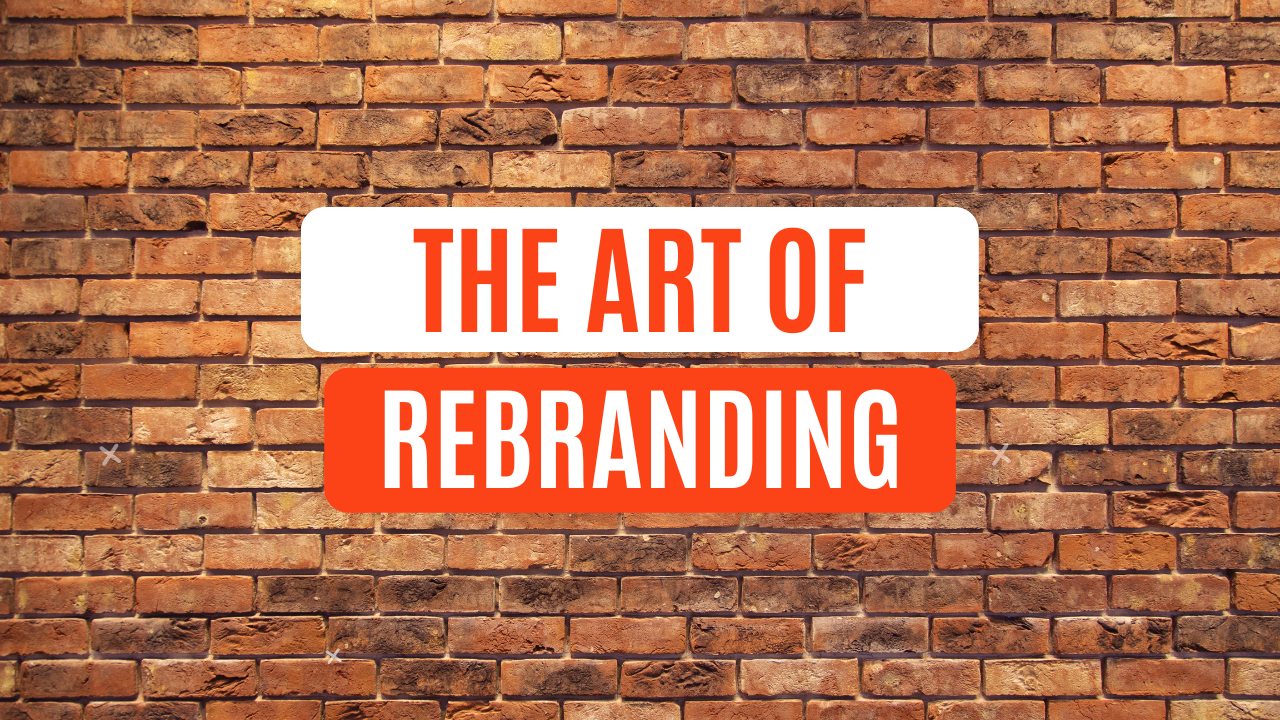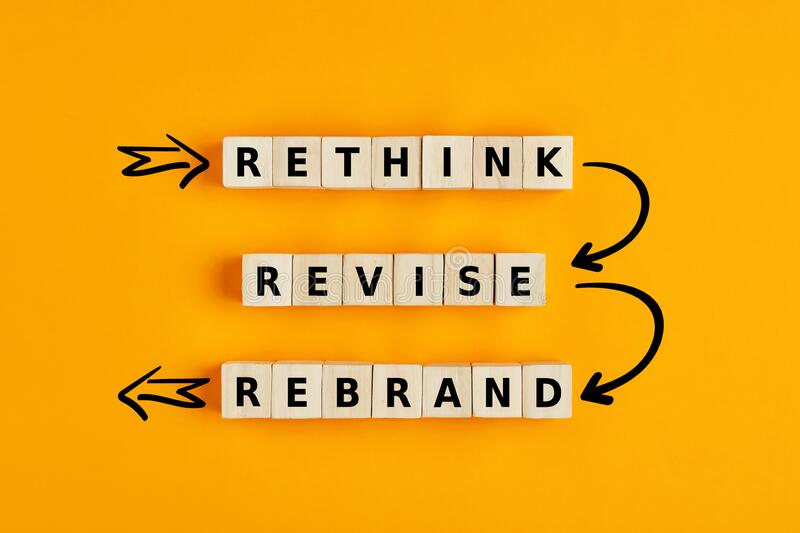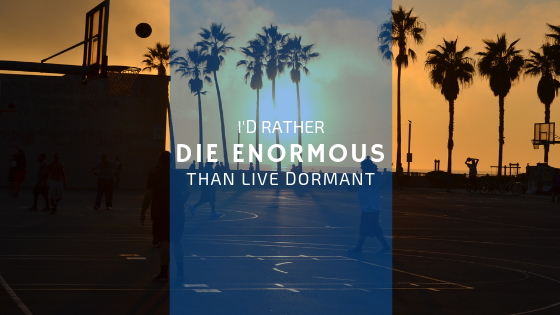1 . Changing Ad Formats Leading To Endless Possibilities:
IAB’s new creative guidelines say that outstream video ads and moveable players which cover content are no longer “acceptable.” Google announced in August that starting January 2017, websites with intrusive advertising will be penalized in Google search results. Examples from the announcements are: full-page popups covering content, interstitials that must be dismissed before accessing main content, and “Using a layout where the above-the-fold portion of the page appears similar to a standalone interstitial, but the original content has been inlined underneath the fold.”
Technology and user experience is evolving to ads that are more seamless and optimized to the screen you are on. The industry is going to need to figure out what practices to adjust, but for creatives, this means new possibilities to concept for emerging formats. How can you make content valuable, strategic, engaging, and remain unobtrusive to users?
2 . Virtual Reality Is Definitely The Next Frontier:
The complexity and story-telling capabilities VR presents advertisers is nearly unlimited, and consumer excitement for VR is reaching all-new heights. It took over Comic-Con, Deloitte predicted that 2016 would be the first billion-dollar year for VR, and Unruly.co says ”Active VR users are tipped to grow 147% by 2021, brands like Coke, McDonald’s and Volvo have already made their mark on the VR landscape, and 31% of Media and Entertainment Managers in North America say they’re prioritizing expanding their VR use in 2017.”
3 . Video Is Taking Over:
From programmatic TV gaining ground on traditional network and cable Television, to in-stream video advertising letting you target niche viewers, to social video meeting consumers where they spend so much of their time, digital video is growing and changing all the time. In 2017, video advertising is expected to amass $13.5 billion in revenue – almost double its projected revenue from 2016, according to H20 Media. Across the globe, traffic from online videos is set to make up more than 80% of all consumer internet traffic by 2020, according to Cisco, and eMarketer estimated that by 2019, the total U.S. digital video advertising spend may top more than $14 billion, with almost 50% of that figure ($6.86 billion) being allocated to mobile video.
And don’t forget the impact of live video in engaging with your market. In fact, Facebook says “People spend more than 3x more time watching a Facebook Live video on average” when compared to a video that is no longer live, because users find the connection more exciting when it’s happening right in front of them. Everyone from T-Mobile to the Metropolitan Museum of Art are finding creative ways to make connections in real-time.
4 . Creating Engaging Content and Personalized Stories That Makes Ad Blockers Irrelevant:
BuzzFeed’s video division currently averages just under 2 billion views a month. Using the same staff that creates non-promotional content, BuzzFeed also creates paid content in partnerships with brands like Hyundai and Purina. Puppyhood, a BuzzFeed video advertising Purina has 14,127,919 views and has been shared 59,717 times. Because the video knows the audience, and has created engaging, humorous content catered to that audience, BuzzFeed has created an incredibly engaging ad that users interact with like an internet video, not a disruptive commercial.
GoPro has over 4 million subscribers on YouTube and 10.7 million followers on Instagram. Visual content is incredibly engaging, and when your product creates visual content, it’s a great way to tell engaging stories that sell your brand image at the same time. And by sharing the footage and photos of GoPro customers, you build an incredibly loyal and connected customer base.
So while PageFair’s 2016 Mobile Adblocking Report shows dramatic statistics, the proof is in the pudding that a good story and engagement with the consumer can create advertising that consumers actually seek out.
5 . Data Is Everywhere. Advertising And Marketing Can Use It For Good:
When you use data to enhance your marketing to be more personalized and relevant, the consumer engagement and loyalty increases dramatically. Personalization of marketing based on data can reduce acquisition costs by as much as 50%, lift revenues by 5% to 15%, and increase the efficiency of marketing spend by 10% to 30%, says McKinsey, and ‘companies which use data-driven personalization as the core factor for marketing and sales decisions can improve marketing ROI by 15% to 20%.’
And if you are a loyal customer, you expect your data to be used with intent: Magnetic reports that 50% of consumers want their personal information used to coordinate a better overall shopping experience, 53% of respondents said it’s important that retailers recognize them as the same person across all channels and devices they use to shop. More precise data is gold for advertisers to not only understand how a person is connected to a brand, but deliver marketing communications with the right context. Data is transforming how we create value for a brand across all possible interactions to create a truly connected experience.
